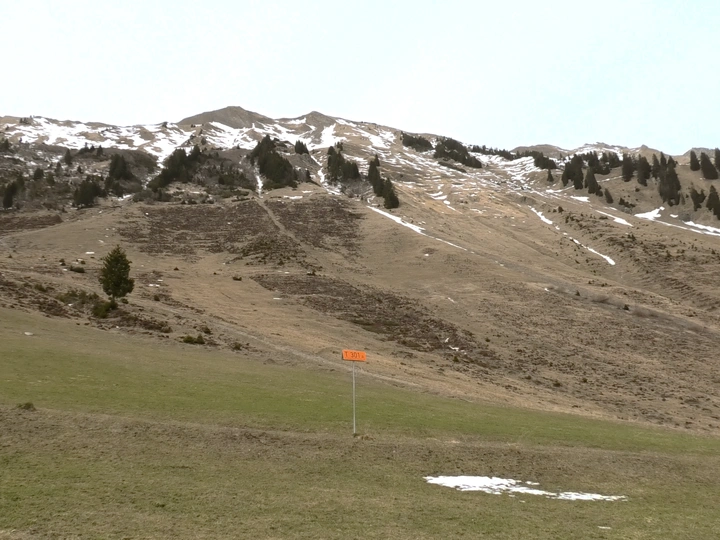Earth3000

I'm a graphic designer and visual researcher currently living between Netherlands and Italy. After studying Communication in Milan at Politecnico I worked as a data viz designer for a couple of years before going to study in the Netherlands at Design Academy Eindhoven. Already between these two chapters I started to approach projects through the lens of informations, observing how their arrangement, choices, filtering and disposition could be a strong curatorial and political act. I started to question given format such as archives, cartography, photography to the point of deconstructing them as information and communcation pieces, looking into what originally they were meant to convey, which client were they made for, wich ideology and values behind them. I’m now freshly graduated from DAE and my thesis developed an historical commentary on the European energy supply through cartographic pieces from the 50’s to now-a-days. My main research interests lately focus on archives as almost "geological" artifact through which we can read society, its desires and its fears. But also and most important I'm attracted by geography, specifically in its translation of the earth into symbols and names.
From this latest project I developed a moving observation method, that brought me to travel along a gas pipeline for 13 days in order to witness the landscape of a
Infrastructures are always presented to public opinion as promises of new possibilities; objects to fuel new ideals or to replace old ones. Earth3000 started from my inner curiosity in understanding the immateriality of tangible and big scale infrastructure such as gas pipelines, and the inability to have experience of it. Its invisibility compared to its physical nature, makes the infrastructure a mysterious object impossible to grasp and hard to imagine. By digging into the archives of one of the biggest oil&gas company in Europe, Eni, still today an ubiquitous player in Italian society, I identified a branch of this infrastructure network that could signify the beginning of this immaterial story: the so called “Italy-Netherland” pipeline.
Over fifty years later it was buried, this gas pipeline remains unnoticed, marked only by ground poles and empty spaces. Informed by multiple-scale research including satellite images, Street View, photographic archival material, and policy documents, it was possible to follow the traces of the pipeline for 13 days, as an act of measuring, witnessing and experiencing it with my body. The slow pilgrimage gave birth to an audio-video installation that draws on field recordings and archival material. By venturing into the remote areas where these crucial infrastructures reside, the project highlights the need for accidental encounters to witness what has become hidden in plain sight. What kind of imaginaries does infrastructure need in our times of “ecological transition”?
Starting from this case study, my curiosity now moves to how a method can be structured out of it. How multiple-scale visual research and a body experience can develop other kinds of infrastructure representation? This method mainly focus on infrastructures that take place out of sight, impossible to touch and experience in their full scale.